Email: info@rmbuckets.com
Construction Products
We provide a large selection of Digging Buckets, Ditching and Grading Buckets, Rockhammers, Grabs, Easi Klamps and Riddle Buckets. All products can be customised to the customer’s needs and we cater for all the main excavating machines.
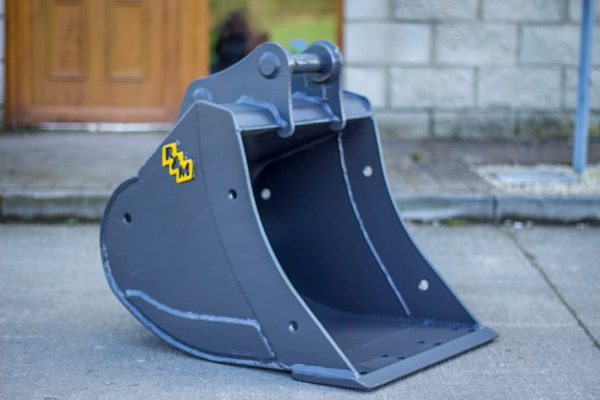
Digging Bucket
We have a wide range of Digging Buckets available from 0.5 Tonne Mini Digging Buckets to 80 Tonne Heavy Duty Buckets.
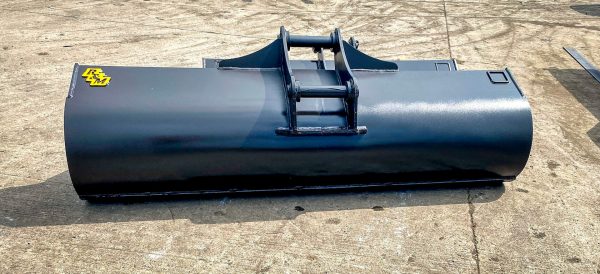
Grading Buckets
We provide a selection of Grading Buckets including Ditching Buckets, Angle Tilt Buckets and Rib Buckets.
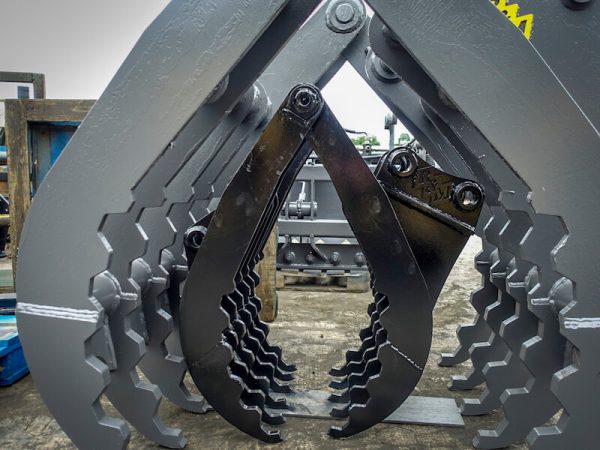
Grabs
We have Manual Grabs, Hydraulic Grabs, Log Grabs, Grab Buckets and Fork Grabs in stock or custom built.
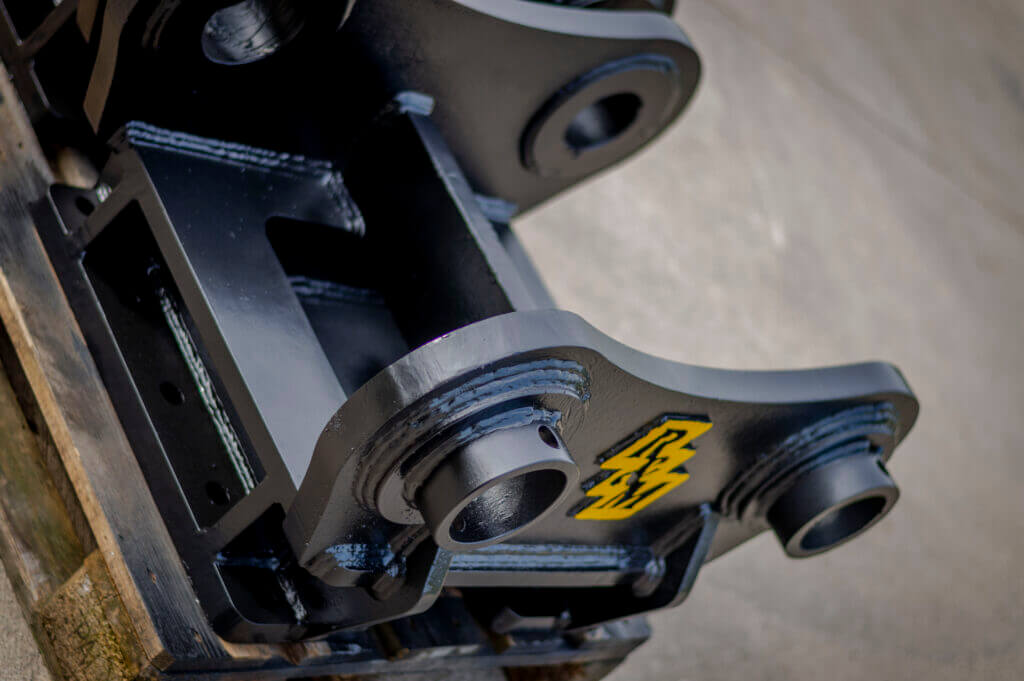
Rockhammer Tops
Top plates available for all major rock breaker manufacturers.

Riddle Buckets
Available in a digging style for demolition work and a wider grader style for landscaping.
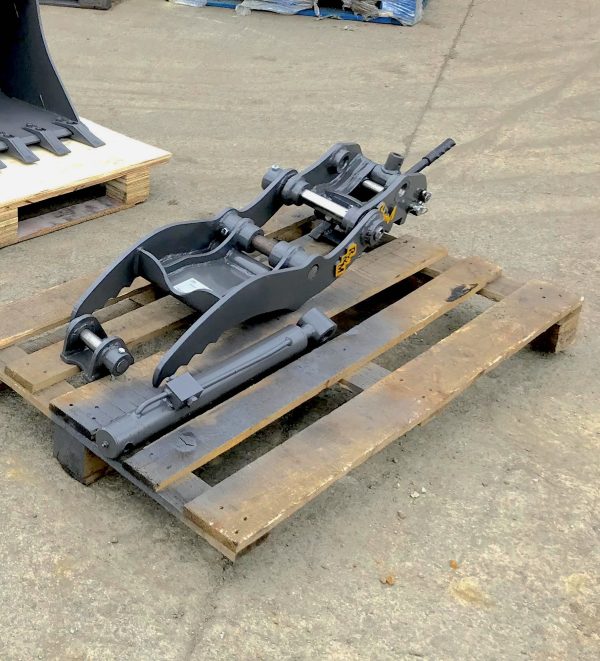
Easy Klamps
Hydraulic and manual Easy Klamps available for all sizes of excavators.
Frequently Asked Questions About Excavator Attachments and Buckets
1. What are the most common types of excavator attachments?
Excavators can be equipped with various attachments to perform multiple tasks. Some common types include buckets (such as digging buckets, trenching buckets, and rock buckets), hydraulic breakers, grapples, thumbs, augers, and compaction plates.
2. How do different excavator attachments enhance functionality?
Different attachments are designed for specific tasks, enhancing the excavator’s versatility. For example, a digging bucket is ideal for excavating soil and loose materials, while a hydraulic breaker is used for breaking concrete and rocks. Grapples help handle irregularly shaped objects, and augers are efficient for drilling holes.
3. Can excavator attachments be used interchangeably?
Excavator attachments are designed with specific functionalities and may only be interchangeable with proper compatibility considerations. While some attachments may fit multiple models, ensuring compatibility and safety before using them is crucial.
4. What is the difference between excavator and backhoe attachments?
Excavator attachments, which have a rotating platform and are ideal for digging and lifting operations, are typically designed for excavators. Backhoe attachments are designed explicitly for smaller machines with a digging bucket on the back and a loader bucket on the front. While there may be some functionality overlap, the machines have distinct designs and purposes.
5. What role does a coupler play in excavator attachments?
A coupler, also known as a quick coupler or quick hitch, is a mechanism that allows for rapid attachment changes without the need for manual intervention. It enhances productivity by reducing downtime associated with attachment changes and improves safety by ensuring secure attachment connections. Couplers enable operators to switch between various attachments swiftly, increasing the excavator’s efficiency on the job site.
6. How does attachment compatibility impact excavator performance?
Ensuring attachment compatibility is crucial for optimal performance and safety. Using incompatible attachments can damage the excavator or the attachment itself, leading to costly repairs and potential safety hazards. Manufacturers provide compatibility guidelines to help operators select the appropriate attachments for their excavators, considering factors such as weight, hydraulic capacity, and mounting configuration.
7. What are some practical examples of excavator attachment use cases?
- Digging buckets: Excavating trenches, foundations, and utility lines.
- Hydraulic breakers: Breaking concrete, asphalt, and rocks during demolition.
- Grapples: Handling debris, logs, and other irregularly shaped objects.
- Augers: Drilling holes for fence posts, tree planting, and soil sampling.
- Compaction plates: Compacting soil, gravel, and asphalt in landscaping and road construction projects.
8. How can operators maximise the efficiency of excavator attachments?
Operators can maximise efficiency by:
- Regularly inspecting attachments for wear and damage.
- Following manufacturer guidelines for operation and maintenance.
- Correctly matching attachments to the task at hand.
- Utilizing couplers for quick attachment changes.
- Investing in high-quality attachments suited to the specific job requirements.
By addressing these frequently asked questions, operators can better understand excavator attachments and optimize their usage for enhanced productivity and safety on construction sites.
